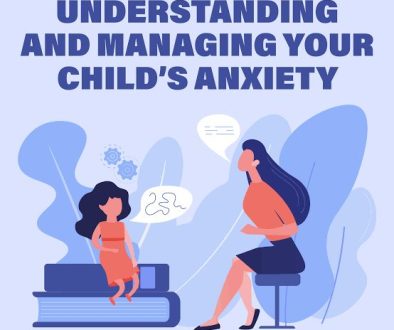Personality Disorders: Understanding the Complexity of Human Behavior
Personality disorders are a group of mental health conditions characterized by enduring patterns of inner experiences and behaviors that deviate from cultural norms and expectations. These patterns can cause significant distress and impairment in social, occupational, and personal relationships.
Types of Personality Disorders
The Diagnostic and Statistical Manual of Mental Disorders, 5th Edition (DSM-5) recognizes 10 distinct personality disorders, which are grouped into three clusters:
Cluster A: Odd/Eccentric Personality Disorders
I’m1. Paranoid Personality Disorder: characterized by a pervasive distrust and suspiciousness of others
2. Schizoid Personality Disorder: marked by a lack of interest in social relationships and a tendency to be aloof
3. Schizotypal Personality Disorder: characterized by eccentric behavior, unusual perceptions, and difficulties in social relationships
Cluster B: Dramatic/Emotional Personality Disorders
1. Borderline Personality Disorder: marked by instability in relationships, emotions, and self-image
2. Histrionic Personality Disorder: characterized by excessive emotionality, attention-seeking behavior, and a need for approval
3. Narcissistic Personality Disorder: marked by a grandiose sense of self-importance, a need for admiration, and a lack of empathy
4. Antisocial Personality Disorder: characterized by a disregard for others’ rights, a lack of empathy, and a tendency to engage in impulsive and aggressive behavior
Cluster C: Anxious/Fearful Personality Disorders
1. Avoidant Personality Disorder: marked by a pervasive fear of rejection, criticism, or embarrassment
2. Dependent Personality Disorder: characterized by a need to be taken care of, a fear of abandonment, and a lack of self-confidence
3. Obsessive-Compulsive Personality Disorder: marked by a preoccupation with orderliness, perfectionism, and control
Causes and Risk Factors
The exact causes of personality disorders are not yet fully understood, but research suggests that a combination of genetic, environmental, and social factors contribute to their development. Some potential risk factors include:
1. Genetics: having a family history of personality disorders or other mental health conditions
2. Childhood trauma: experiencing abuse, neglect, or other forms of trauma during childhood
3. Brain structure and function: abnormalities in brain regions responsible for emotional regulation, impulse control, and social behavior
4. Social and cultural factors: cultural and societal norms, expectations, and values can influence the development of personality traits and disorders
Treatment and Management
Personality disorders can be challenging to treat, but various therapies and interventions can help individuals manage their symptoms and improve their quality of life. Some effective treatments include:
1. Psychotherapy: individual, group, or family therapy can help individuals identify and change maladaptive patterns of thought and behavior
2. Cognitive-behavioral therapy (CBT): a type of psychotherapy that focuses on identifying and challenging negative thought patterns and behaviors
3. Dialectical behavior therapy (DBT): a type of psychotherapy that combines CBT with mindfulness techniques to help individuals manage emotions and behaviors
4. Medications: in some cases, medications such as antidepressants, mood stabilizers, or anti-anxiety medications may be prescribed to help manage symptoms of personality disorders
Conclusion
Personality disorders are complex and multifaceted conditions that can have a significant impact on an individual’s quality of life. While the causes of personality disorders are not yet fully understood, research suggests that a combination of genetic, environmental, and social factors contribute to their development. With effective treatment and management, individuals with personality disorders can learn to manage their symptoms and improve their relationships, work, and overall well-being.



